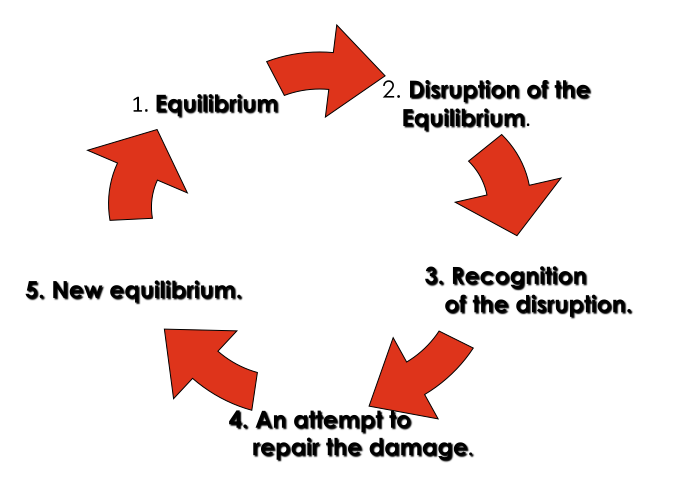Narrative, Plot, and Story
The narrative is the power of storytelling. When we watch a film or tv show or read a book or newspaper, we see narratives. The plot is what’s there in the movie and in the order in which you get it. The story happens in a narrative, both the ones we see in the film and the ones we infer or are referred to. The story includes things we can assume are happening but are not shown because they can be boring as part of the plot.
Types of narrative
Linear narrative is a plot that moves forward in a straight line, which goes beginning, middle, and end. A non-linear narrative is a mixed-up timeline of events that can include flashbacks. Parallel action is a device in which we observe two scenes happening simultaneously by cross-cutting between them. The multi-narrative is separate interlinking narratives that focus on a particular character/place/time.
Narration:
There are two types of narration: Restricted narration is when we see an event through the viewpoint of only one person. This can add surprise as we discover events alongside them. Omniscient narration is when we see events from different perspectives. This can add suspense as we are learning information that other characters are not.
Mode of Address/Audience positioning
Mode of address is how a particular text will speak to its audience verbally or visually. This has essential meanings for how the audience responds to the text. For example, voiceovers are used to convey factual information, which the audience rarely challenges.
Open/Closed Structure
A closed structure means the story ends the way it’s supposed to. An open structure shows there is no accurate conclusion.
Propp character types
Russian Formalist Vladimir Propp studied fairytales and found that certain characters consistently repeated themselves, showing similar purposes. He made eight character roles, which can also be types of action because they are not the roles that appear in the cast list. He called them character roles. One character in the film or play can occupy several of the character roles or types of action.
Examples of Propp’s character roles:

Using this theory may not fit with every film, as we can see it as outdated. They built the idea upon folklore, which is fairytales, so their structure is quite similar and would not account for the wide range of film genres we have today.
Todorov formula
Tzvetan Todorov, a Franco-Bulgarian philosopher, invented the term narratology meaning to look at units of meaning in a text. He proposed that all media texts have a recurring formula:
Equilibrium is a narrative that starts with a state of harmony, for example, a peaceful community getting on with and enjoying life. A firm sense of social order is established. Disequilibrium is when stability comes to a force of disequilibrium or disruption; a problem, an evil outsider, or an event that disrupts this stability. The new equilibrium is when, by some mechanism, the issue of evil is removed, and the event is restored to new harmony, as a new equilibrium.
Filmmakers today don’t bother setting up the everyday world to disrupt it with a problem and instead go straight to the problem and disequilibrium. However, there will always be a sense in the film of what life was like before the issue came along and what the characters can return to if they can only sort the problem out.
Example of Todorov’s theory:

Barthes codes
French critic Roland Barthes argued that narrative works through a series of codes used to control how information is given to the audience. There are two codes: Enigma code is a narrative device that teases the audience by presenting something that needs to be solved, which provides narrative suspense. It creates a question which the film will then answer. They often use this in trailers and posters to make people wonder. They stimulate curiosity and intrigue the viewers to make them see the movie. Action code is a narrative device by which they produce a resolution through action, something to change the current activity.
Levi-Strauss oppositions
Levi-Strauss looked at narrative structure and themes in texts in terms of binary opposition. He argued that all meaning-making, not just narratives, depends on binary oppositions, a conflict between two sides, opposites, for example, good and evil. Binary oppositions are opposite values that reveal the structure of media texts. He was less interested in the arrangement of the narrative than in the deeper meaning of themes.
I analysed a film to look at the narrative theories used in it:
